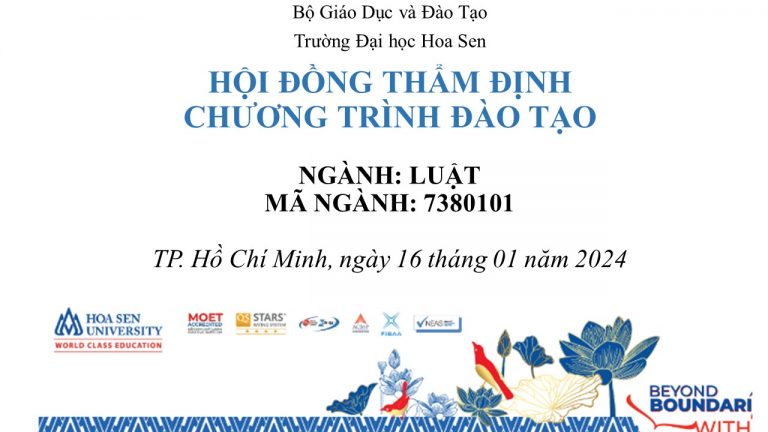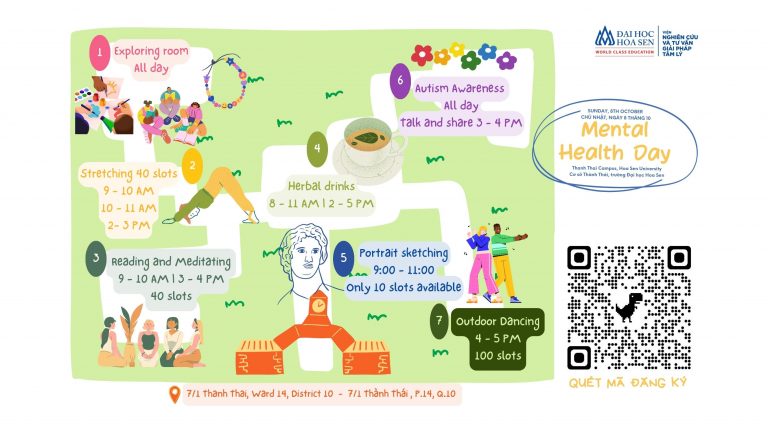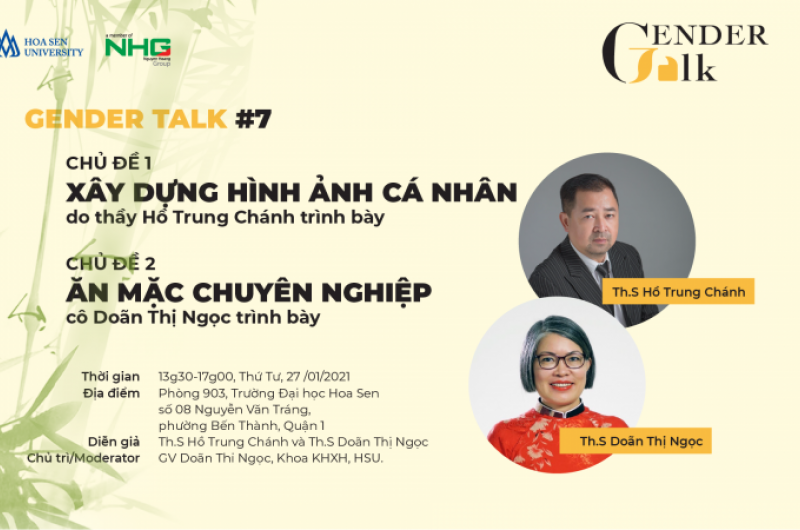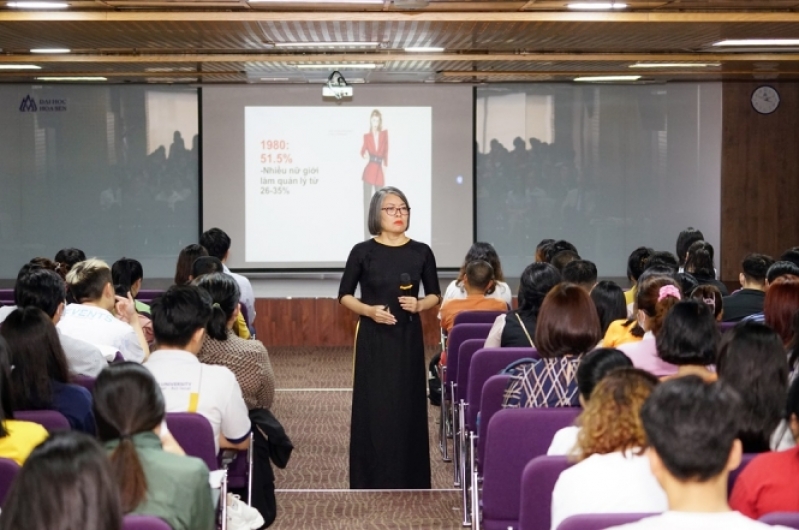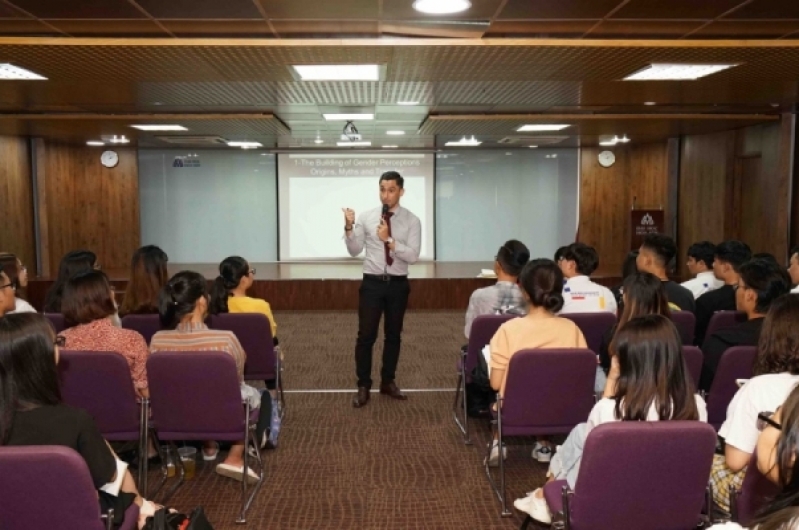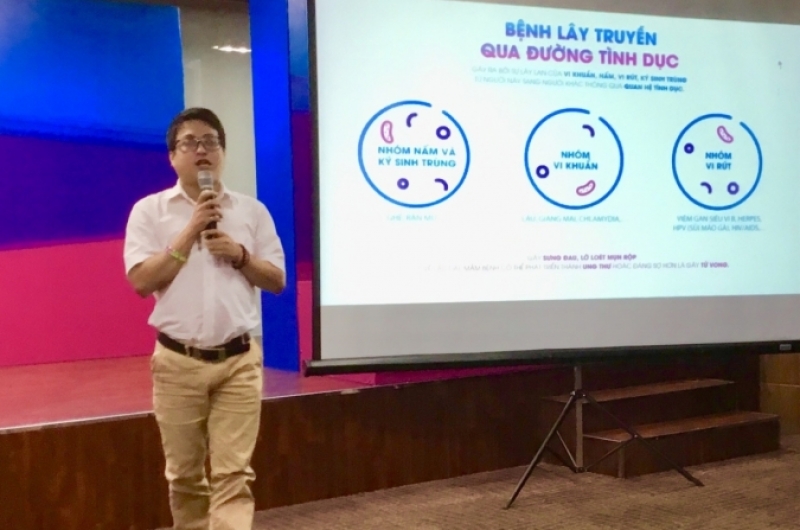Why ‘Uber For Women’ Doesn’t Discriminate
Author: Michelle Smith, Deakin University, Australia
Translator: Doan Thi Ngoc – Lecturer, Hoa Sen University
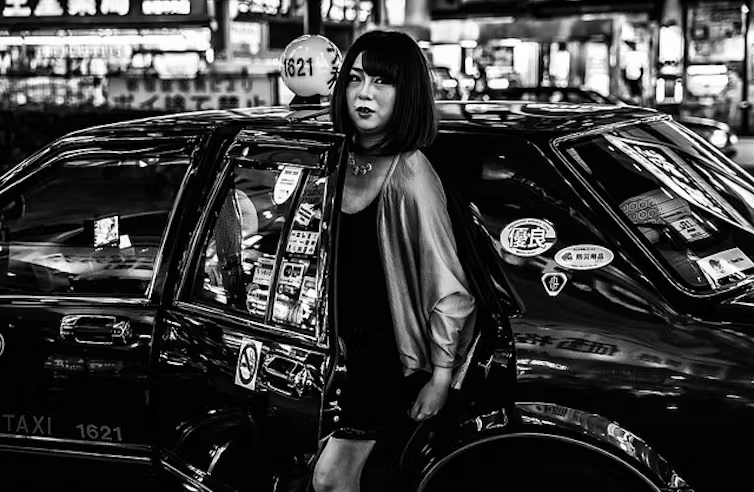
A planned Uber-style service, currently called Chariot for Women, is recruiting thousands of female drivers across the United States. Drivers will only accept women and children as passengers.
The aim of this service and other female taxi fleets is to reduce concerns about male drivers raping and assaulting female passengers.
Safety rights for women when traveling are not controversial. However, the concept of a service refusing to employ or transport men has led to charges of discrimination.
Does every single business or organization for men or women, from an all-girls or co-ed school to a women’s gym or a men’s club, have to be an example of discrimination? As a community, what should we understand about discrimination?
Avoiding discrimination does not mean treating everyone the same. In most cases, discrimination occurs when someone belongs to one sex or is gender specific, limited, or unable to achieve the same results or results as those who do not have the same attributes.
I just spent a week in London. The difficulty of accessing the subway for disabled people like me is obvious, even if it’s logistically difficult to deal with. Suppose a dedicated elevator or ramp is installed for the sole purpose of accessing disabled passengers. In that case, it will not constitute “discrimination” against non-disabled passengers when they are forced to ride. stairs.
While such places may not be for me, such a dedicated service would give people with disabilities the opportunity to experience the same outcome as me – ready and easy access to train service. This is just one example of how certain groups of people may need to be treated differently to achieve equitable outcomes.
A multi-story car park in Perth last week received public attention because it reserved 28 well-lit, entrance-close spaces for female drivers. Regardless of whether the pink patches make any measurable improvements to women’s safety, there has been a significant response describing that reserving seats for women is discriminatory against men.
Some online comments and calls to radio stations discussed what would happen if the situation was “reversed” and parking spaces were reserved for men only.
In these two examples, the situations in which roles are “reversed” do not simply mean that spaces in parking lots are reserved for men or that Uber-style services attract only male passengers. For a real reversal, all the elements that promote women-specific initiatives need to be in place as well.
That is, a true reversal of the parking lot scenario would require a hypothetical world in which men regularly also fear for their safety when returning to their cars and are disproportionately exposed to sexual assault. Furthermore, this fear should stem from the majority of attacks perpetrated by women on men, leaving most men feeling physically vulnerable when compared to ‘reversed’ roles. This.
It is unlikely that the conditions that would create a “role reversal” could exist.
The fact that men are at risk of being violently attacked by other men in public does not erase the nature of gender-based violence and sexual assault that women experience. Additionally, it does not play any role in deciding whether to proceed with an initiative to help women feel safer.
Similarly, female-only driving services are a way for female passengers to potentially experience the same perception of safety as men who use regular taxi services with predominantly male drivers.
A true “role reversal” would not be a taxi service refusing to serve women. It also needs to exist in a world where male passengers are reluctant to give drivers their home addresses and are frequently subjected to unwanted sexual attention from drivers.
This is not to deny that gay men, the elderly, transgender people, and other men may also fear for their safety in secluded locations such as parking lots or when approached by people. strange driving. What they intend to suggest is that discrimination cannot be reduced to differential treatment based on sex, sexuality, race, gender identity, or disability when an effort is designed to combat a form of inequality and ensure an equitable outcome.
Men’s rights advocates might suggest that “discrimination against men” is acceptable now that feminism has gone “too far.”
However, there is a clear difference between discrimination that excludes women from certain men’s clubs and societies (to prevent them from entering areas of employment or circles of power) and “ discrimination” intended to allow women to feel as safe as men when moving about in public spaces.
The Conversation newspaper and author Michelle Smith, Deakin University allowed Gendertalkviet to translate into Vietnamese and post the full text. On behalf of the Gender Talk Editorial Board, we would like to send our sincere thanks to the Author and The Conversation Newspaper for allowing us to republish the full text. The Conversation Newspaper’s and the author’s contributions are very valuable and meaningful.
This article is republished from The Conversation under a Creative Commons license. Read the original article
Original link: https://theconversation.com/why-uber-for-women-is-not-discriminatory-58037
Vietnamese Link: https://gendertalkviet.blogspot.com/2023/05/tai-sao-uber-danh-cho-phu-nu-khong-co.html

